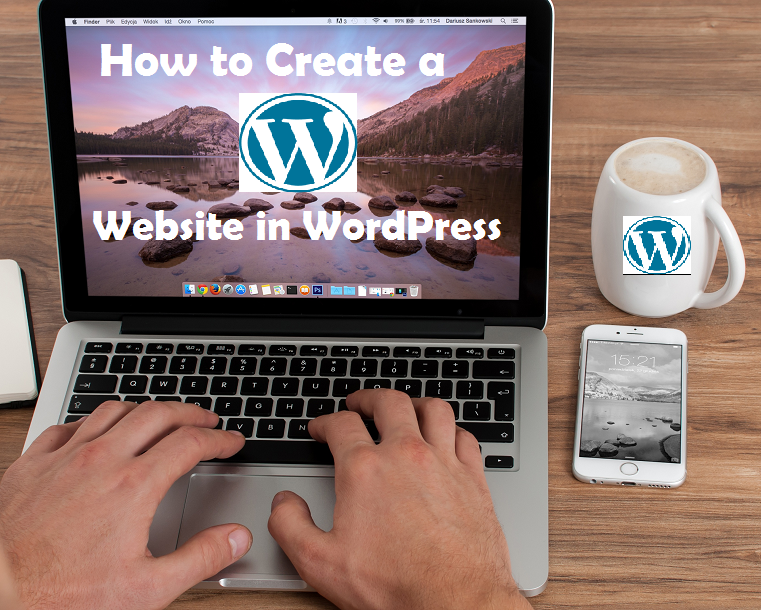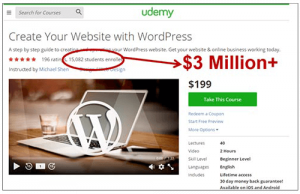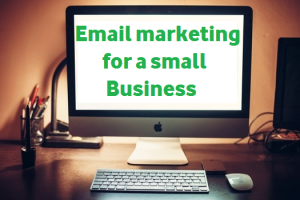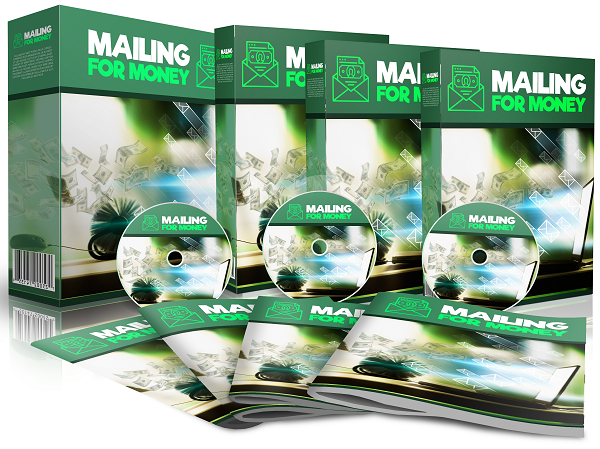
Learn to SEO
If you’re going to achieve any sort of online success at all, you’ll need to know about SEO and how to make it work for you. The most economical SEO strategy is to do it yourself. But this is much easier said than done because there are many techniques to implement and understand. Understanding SEO for beginners can be a daunting task.

You’ve MISLED Me!!
Been Misled
I hate to tell you this, but you have probably been misled by many so-called online SEO marketing experts. It seems some have got caught up in touting the latest marketing trends like social media, mobile marketing, retargeting, banner traffic, solo ads, video marketing, etc.
And they have told that you either need to work with an ‘SEO Expert’ or contract out to an ‘SEO Consultant’ who all too often wants to sell you a high priced program that promises you a high google ranking. BUT, do these ‘experts‘ actually have a high ranking on their own sites?
Effective S.E.O. is Still Relevant.
Well, maybe you don’t need them because I’m here to tell you that there is still an effective way to get free, targeted, and sustainable visitors to your website via SEO or Search Engine Optimization. SEO is one of the older methods for gaining traffic, and despite many of the changes within Google, it still can be a huge source of long term traffic for your website even in 2017 and beyond!
If you’re on a budget, then a step-by-step SEO action guide could save you countless hours and a small fortune, by not spending money on consulting fees and other SEO services.
D.I.Y. SEO Tips

Here are some initial actions steps you can undertake yourself for free.
1. Make certain your site is clean (no broken links) and hosted by a respectable company.
2. Enhance your keywords
3. Submit to the search engines and directories
4. Deal with your page rank
5. Add more quality content
You can also see Google Webmaster Guidelines which covers the most common forms of deceptive or manipulative behavior that Google may respond to negatively and what you need to avoid doing if you want to rank well.
So here are the steps…
Step 1. Ensure your Site is Tidy
A clean site begins with clean hosting and having a static IP address. Ensure that your website’s loading time is efficient. Make certain the site loads rapidly and to do a test you can use a free tool, such as Pingdom to test your site’s loading speed.

The higher the score indicates that there are no unnecessary graphics. You must likewise test the website with different internet browsers. This will take time but it will ensure visitors to your site will have an enjoyable experience.
Also, check that you have no broken links or links that are not working, so you need to go through your site and check that all your links functioning. It’s also a good idea to make all external links leaving your site ‘NoFollow’ links. (This may be a bit advanced – If you understand it then great, if not then don’t worry too much about this)
For efficiency and speed, you could use Screaming Frog SEO Spider (Download for free, or purchase a license for additional advanced features). It is a powerful tool that crawls your website in the same way as Google. When it’s done crawling, you’ll get a detailed report including:
- Broken links and server errors
- Details of page titles and meta for every URL on your site
- Duplicate content warnings
- Pages blocked by robots.txt (or nonindexed)
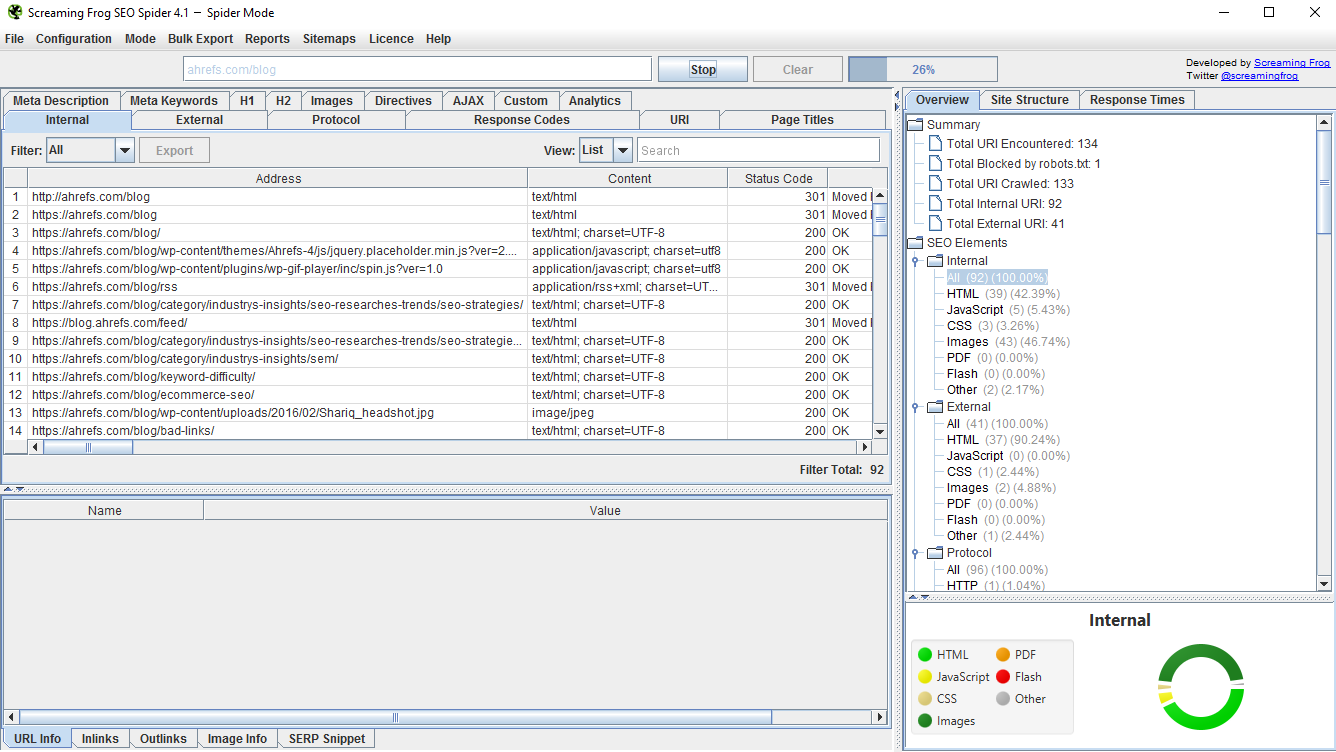
Step 2. Enhance your keywords or keyword phrases.
When you’ve selected the keywords you are going to use and have done a search with a keyword tool (you can browse the web, there are several that are good) and found out the number of searches for each phrase and then have hopefully you have made your selection based on ‘competition‘ rather than volume.
Then remember to keep your keywords or keyword phrases for each page or post to a minimum of two or three. Use your ‘Main’ Keyword at LEAST once in the content. Write naturally and you will tend to use your target keyword several times within your content without having to think about it.
If it makes sense to include your keyword early, then do so. Otherwise, just include it somewhere on the page.
While there seems to be a small correlation with the keyword appearing near the start of an article, don’t worry about this too much because there are lots of examples where content has ranked without including the “main keyword” within the beginning of the text.
So in short, you don’t have to worry about keyword density as it doesn’t carry much weight anymore. Don’t overuse your keywords as that will detract from rather than add to, your rankings.
Step 3. Send to the online Search Engine.
Important note! Do not utilize automated search engine submission software to send your site to search engines. Google’s terms of service plainly state that this is an infraction. The majority of the search engine will see this as spamming and penalize you for it. You’ll find that the path to economical SEO, and even professional search engine optimization, provides no short cuts.
There’s no point publishing amazing content on your site if no-one ever finds it. If your content is good then you should have a clearly defined promotion strategy. This could include:
- Sending it out to your email list
- Sharing it on your social media channels
- Reaching out to everyone mentioned in the post
- Emailing people who have linked to similar content
- Sharing your post on Reddit
- Sharing your post on niche communities (i.e. Inbound.org and GrowthHackers for marketing content)
- Answering questions on Quora and linking to your post
The exact strategy will depend on your niche (and resources), but a good rule of thumb is that you should spend at least as much time promoting your content as you do writing it.
Also, install and display social share buttons on your web pages to make sharing as easy as possible.
Step 4. Work on Improving your Page Rank.
Remember page rank is that critical metric that increases your exposure over that of your competitors when everything else is equal. To increase your page rank you need to have people reading your content and spending time on your site. NOT just visiting and then clicking away. So it not just about a high traffic volume.

“Do everything you can to lower your bounce rate!
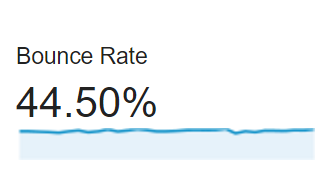
The lower – the better
Bounce rate is the percentage of searchers that visit a page on your site and then leave (normally by clicking back) without visiting any other pages.
There are two types of bounce rate:
The first is the one you see in Google Analytics, that looks like the one to the right and there are all sorts of reasons why this figure might be high.
For example, your site might offer answers to questions and once someone has that answer, they don’t need to read anything else.
The second type of bounce is the one that’s more important to search rankings. That’s when someone clicks through to your site from a search, then clicks back to the results page and continues to click on other results. This is going to be a big indicator to Google that your page didn’t satisfy the query and that means that over time you’re going to start moving you down the rankings.
Step 5. Add Quality Material to your Website.
As you’re composing material for your site, think about the reader’s experience. If you just include plain text and page after page of content, you’ll end up with something that’s tough for visitors focus on.
Remember no one wants to read all of your content to find out what’s it’s about. You need to make it interesting from the beginning, draw them in, take them on a journey and lead them to your conclusion.
Subheadlines and Images will help break up your content and make it easier to read. They will also help to keep your readers engaged, increasing time on the page, and a reducing the bounce rate. Plus they make your posts look nice and pretty.
Adding an embedded video to your content will also help to keep visitors on the page for longer. And the longer time on the page (the dwell time) helps boost your rankings. Also, you should regularly update old/archive content to keep it fresh, relevant and rank worthy.
» Read more
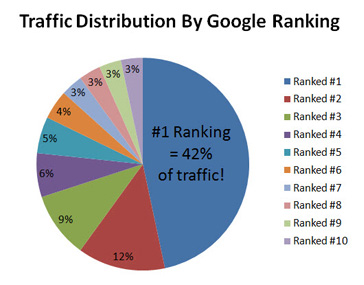 What Is A Keyword
What Is A Keyword

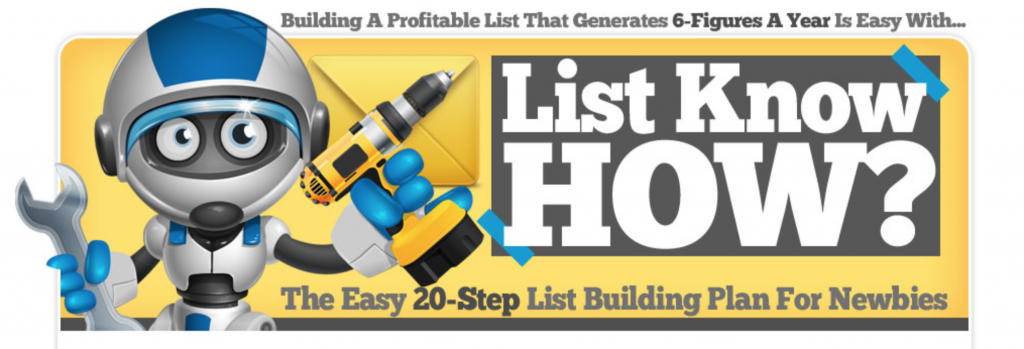



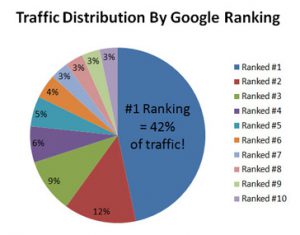





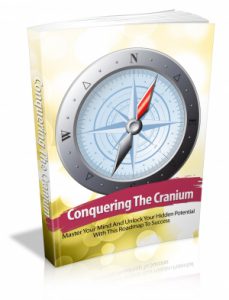

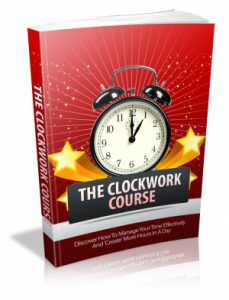
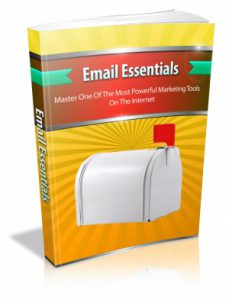

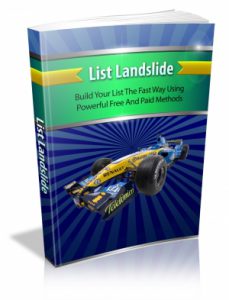


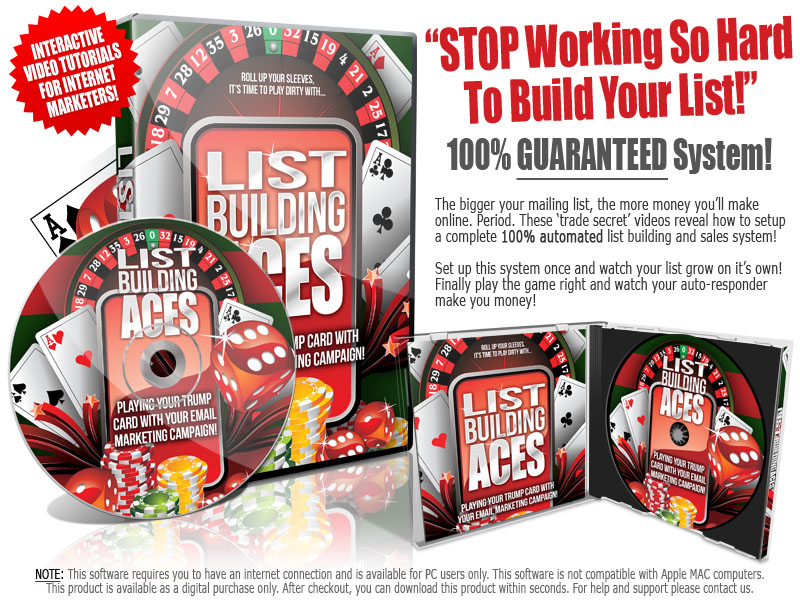






















 “…It’s not hard to do, especially these days, almost anyone can set a website up very quickly compared to a few years ago. WordPress has certainly made it easy for most people to do it.
“…It’s not hard to do, especially these days, almost anyone can set a website up very quickly compared to a few years ago. WordPress has certainly made it easy for most people to do it. 